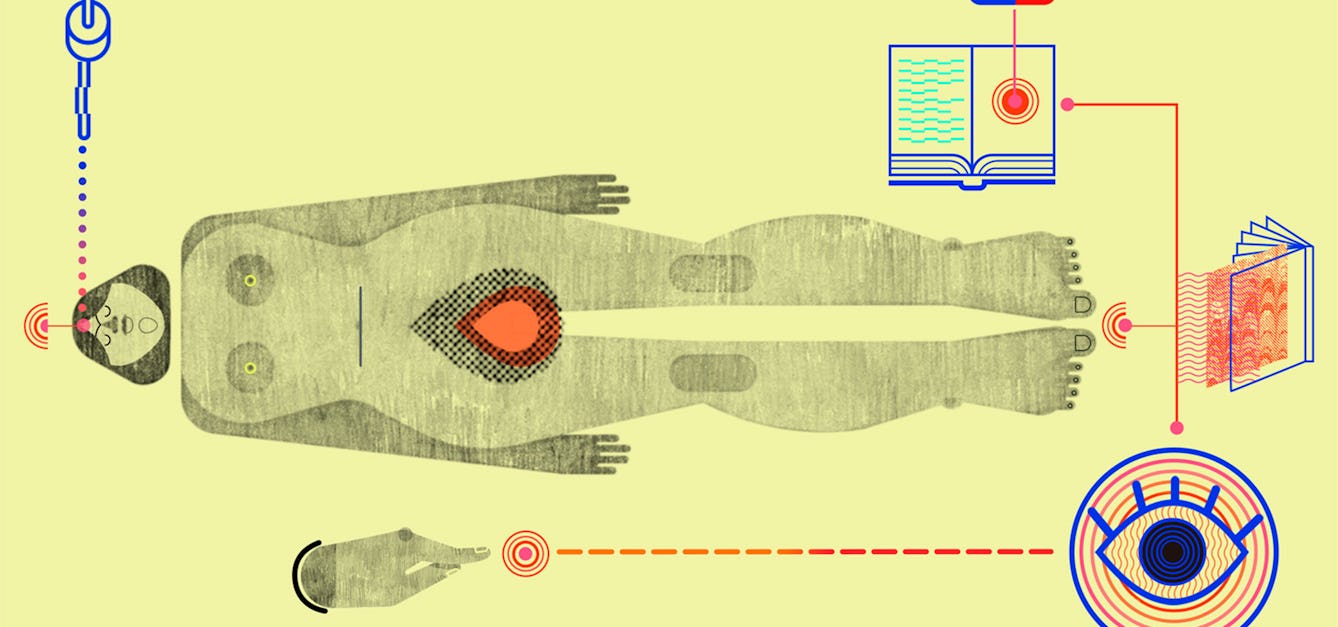Stories

- Article
Shame and the online free-for-all
Lucia Osborne-Crowley looks at how shame manifests online, where public humiliation is common and second chances all too rare.

- Article
Why are women more willing donors than men?
Why is there a gender imbalance when it comes to the donation of organs, blood and tissue, and what can be done about it?

- Article
Acid and the sexual psychonauts
How LSD fuelled one woman’s journey of sexual self-discovery in the late 1950s.

- Article
Fees, funding and the NHS
In the 1950s, dramatic political battles over NHS charges brought down a government. But public confidence in the service still grew.
Catalogue
- Books
Elbow room : the varieties of free will worth wanting / Daniel C. Dennett.
Dennett, D. C. (Daniel Clement)Date: 1984- Books
The will to be free : a critique of deterministic theory and a vindication of real alternatives in human purpose / by Howard V. Knox.
Knox, Howard Vicenté.Date: 1928- Books
- Online
Some thoughts on self-love, innate-ideas, free-will, taste, sentiment, liberty and necessity, &c. occasioned by reading Mr. Hume's works, and the short treatise written in French by Lord Bolingbroke, on compassion. Together with a few remarks on the genuine sequel, and Mr. Knowles's Answer to the Essay on Spirit. In letter to a friend. By the author of the Essay on spirit.
Clayton, Robert, 1695-1758.Date: MDCCLIII. [1753]- Books
The illusion of conscious will / Daniel M. Wegner.
Wegner, Daniel M., 1948-Date: [2002], ©2002- Books
- Online
An essay on the freedom of will in God and in creatures, and on Various Subjects connected therewith. Viz. The Ideas of Liberty and Necessity; The Causes of the Determination of the Will; The Use of the Understanding to direct, not to determine it; The Liberty of God as a Creator, a Governor, and a Benefactor; The Doctrine of Fatality; The Spring of Moral Good and Evil; The Difference between Moral and Positive Laws; The Sin and Fall of Man, and the Free Grace of God; The Rewardableness of Faith in the Gospel, and the criminal Nature of Infidelity.
Date: M.DCC.XXXII. [1732]











